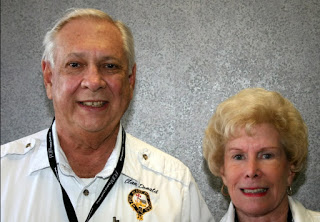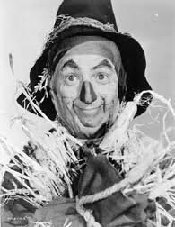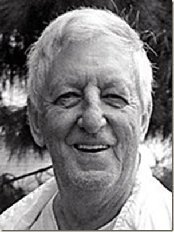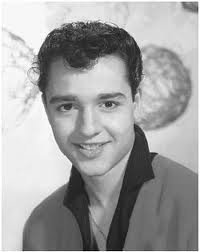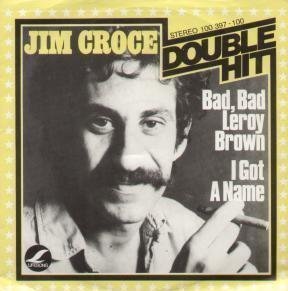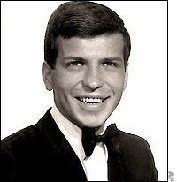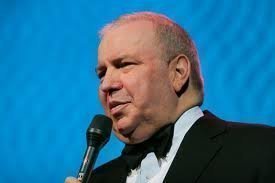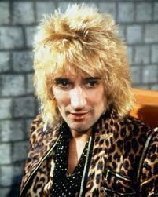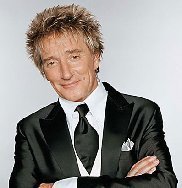
A blackboard can simply be a board painted with a dark matte paint (usually black, occasionally dark green). Matte black plastic sign material (known as closed-cell PVC foamboard) is also used to create custom chalkboard art. Blackboards on an A-frame are used by restaurants and bars to advertise daily specials.
A more modern variation consists of a coiled sheet of plastic drawn across two parallel rollers, which can be scrolled to create additional writing space while saving what has been written. The highest grade blackboards are made of a rougher version porcelain enameled steel (black, green, blue or sometimes other colors). Porcelain is very hard wearing, and blackboards made of porcelain usually last 10–20 years in intensive use.
Lecture theaters may contain a number of blackboards in a grid arrangement. The lecturer then moves boards into reach for writing and then moves them out of reach, allowing a large amount of material to be shown simultaneously.
The chalk marks can be easily wiped off with a damp cloth, a sponge or a special blackboard eraser usually consisting of a block of wood covered by a felt pad. However, chalk marks made on some types of wet blackboard can be difficult to remove. Blackboard manufacturers often advise that a new or newly resurfaced blackboard be completely covered using the side of a stick of chalk and then that chalk brushed off as normal to prepare it for use.
Sticks of processed "chalk" are produced especially for use with blackboards in white and also in various colours. White chalk sticks are made mainly from calcium carbonate derived from mineral chalk rock or limestone, while coloured or pastel chalks are made from calcium sulphate in its dihydrate form, CaSO4·2H2O, derived from gypsum. Chalk sticks containing calcium carbonate typically contain 40–60% of CaCO3 (calcite).
The writing slate was in use in Indian schools as mentioned in Alberuni's Indica (Tarikh Al-Hind), written in the early 11th century:
The first classroom uses of large blackboards are difficult to date, but they were used for music education and composition in Europe as far back as the 16th century. The term "blackboard" is attested in English from the mid-18th century; the Oxford English Dictionary provides a citation from 1739, to write "with Chalk on a black-Board". The first attested use of chalk on blackboard in the United States dates to September 21, 1801, in a lecture course in mathematics given by George Baron. James Pillans has been credited with the invention of coloured chalk (1814); he had a recipe with ground chalk, dyes and porridge.
The use of blackboard did change methods of education and testing, as found in the Conic Sections Rebellion of 1830 in Yale. Manufacturing of slate blackboards began by the 1840s. Green porcelain enamel surface, was first used in 1930, and as this type of boards became popular, the word "chalkboard" appeared. In the US green porcelain enameled boards started to appear at schools in 1950s.
- 1 (18.25-ounce) package yellow cake mix, batter prepared according to package directions
- 1/2 cup raisins
- 1/2 cup chopped pecans
- 1 teaspoon all-purpose flour
- 1/4 cup (1/2 stick) butter
- 1/2 cup sugar
- 1/2 cup whiskey
- Preheat oven to 350º. Coat a Bundt pan with cooking spray.
- In a small bowl, combine raisins, pecans, and flour; mix until raisins and pecans are thoroughly coated then stir them into the cake batter.
- Pour batter into Bundt pan and bake 32 to 35 minutes, or until a wooden toothpick inserted in center comes out clean.
- In a small saucepan, combine butter, sugar, and whiskey, and bring to a boil over medium-high heat; let boil 5 minutes, stirring occasionally.
- Using a fork, poke holes in top of cake and pour syrup over cake.
- Let cool in pan about 15 minutes then remove to a wire rack to cool completely before cutting
HOW TO OBSERVE
- The Eagle Watchers: Observing and Conserving Raptors Around the World by Todd E. Katzner
- Eagles by Melissa Gish







